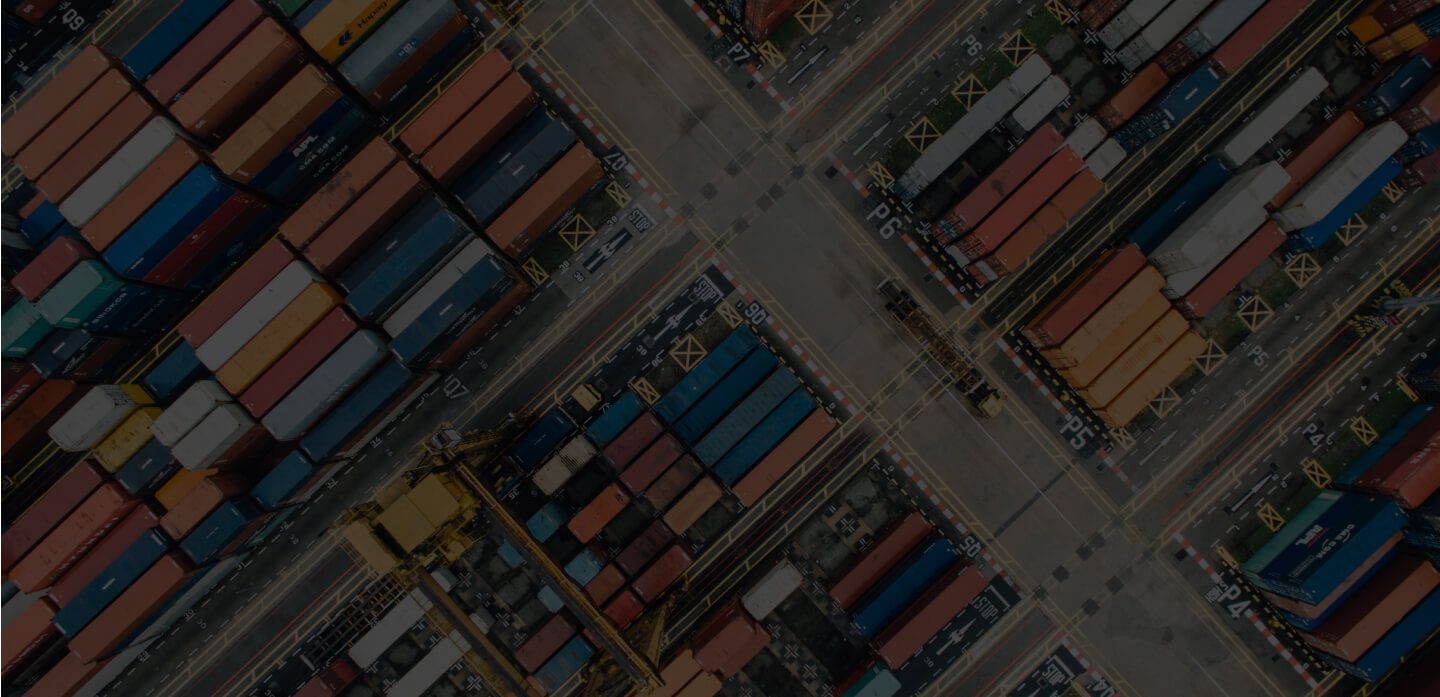
Ocean & Air Freight Shipping From United Arab Emirates to the United States
Information and quote from the UAE to the United States for LCL, FCL and Air shipping
- Compare Thousands of Quotes from Multiple Carriers
- Trusted by 10,000+ Customers
- 40,000+ Trade Lanes Covered Globally



The United Arab Emirates (UAE) and the United States enjoy a strong bilateral relationship founded on mutual economic interests, regional security cooperation, and long-standing diplomatic ties. Both nations actively engage through global platforms like the United Nations and collaborate on trade, innovation, and counterterrorism efforts.
UAE-origin exports to the United States have seen steady growth in recent years, reflecting the country’s expanding industrial base and global trade capabilities. In 2023, the UAE exported approximately $13.5 billion in goods to the U.S., including aluminum, petrochemical products, and machinery. With advanced logistics infrastructure and strategic positioning, the UAE continues to strengthen its role as a key exporter to the American market.
What Are the Options for Shipping Freight From United Arab Emirates to the United States?
To ship freight from United Arab Emirates to the United States, you can choose between ocean freight and air freight.
Ocean Freight From United Arab Emirates to the United States
Ocean freight is the most budget-friendly and flexible way to ship goods from United Arab Emirates to the United States. It allows you to ship a range of cargo types, big and small, and offers shippers two options for container shipping: less-than-container load (LCL) and full-container load (FCL).
Shippers use LCL to transport small volumes of goods. Their cargo will be consolidated with shipments belonging to other sellers and shipped together in one container. That way, each shipper only pays for the space their goods occupy.
FCL, on the other hand, is used by those transporting large cargo or large volumes of goods. They rent the space in an entire container for their goods alone, which gives them more control and security for their shipment. While more expensive than LCL, FCL can be economical when space inside the container is maximized.
Air Freight from United Arab Emirates to the United States
Air freight is another way to ship goods from United Arab Emirates to the United States. Because of its speed, it’s preferred by shippers transporting time-sensitive or perishable goods. Thanks to strict airport processes, it’s the fastest and also the most secure mode of international shipping.
That said, air freight can get significantly more expensive than ocean freight. It’s also unable to ship all types of cargo, limiting the volume, size, weight, and nature of what you can ship by air.
How Much Does it Cost to Ship Cargo From United Arab Emirates to the United States?
The cost of shipping cargo from United Arab Emirates to the United States will depend on the following:
- Your choice of ocean or air shipping
- Your preference for door-to-door, port-to-port, port-to-door, or door-to-port shipment
- Your consignment’s weight, volume, and size
- Weight and size limits
Use our online freight costs calculator to get an estimate of your shipping costs. The table below provides the current cost for shipping a standard 20-foot container from United Arab Emirates to the United States:
TRADE LANE RATES
Freight Shipping Cost from the UAE to the United States for a 20-foot Container
How long does it take to ship cargo from United Arab Emirates to the United States?
The transit time for goods shipped from United Arab Emirates to the United States is mainly determined by your selected international shipping method. However, other influencing factors include:
- The season of shipment (peak or low season)
- Whether the shipment route is direct or not
- The trade lane's popularity
- Geopolitical instability
- Possible incidents at any port
How long does it take to ship cargo by sea from United Arab Emirates to the United States?
Ocean freight from United Arab Emirates to the United States will take between 15 to 50 days.
How long does it take to ship cargo by air from United Arab Emirates to the United States?
Air freight from United Arab Emirates to the United States will take 2 to 8 days.
For the most accurate estimate, we recommend using our transit time calculator.
Customs Clearance in United Arab Emirates and the United States
When your goods arrive at a port or airport in the United States, they will go through the customs clearance process, for which you will need to prepare and submit the following paperwork:
- A commercial invoice
- A packing list
- A certificate of origin
- A letter of credit or other payment terms (depending on the contract between the parties involved)
- A bill of lading for ocean freight or an Airway Bill for air freight
We have a full documents list that you can peruse for examples of each customs clearance requirement.
Should You Choose Ocean Freight or Air Freight?
When choosing between ocean freight and air freight, you need to consider your needs, priorities, and cargo requirements. Here are some pointers to consider to help you make the right decision.
Ocean Freight
Ocean freight is a good option if you are on a budget. It’s also ideal for shipments requiring flexibility, as ocean freight can accommodate any cargo you need to transport. It offers you two methods of container shipping to choose from.
Considerations for LCL Freight Shipping
LCL is suitable for you if your cargo is:
- Small in size and quantity
- Lightweight
- Suitable for consolidation with cargo belonging to other shippers
- Not delicate, fragile, or high-value
- Not requiring special handling or movement
Considerations for FCL Freight Shipping
You should choose FCL if your cargo is:
- Large in size and quantity
- Heavy or overweight
- Not suitable for consolidation with cargo belonging to other shippers
- Delicate, fragile, or high-value
- Requiring special handling or movement
Air Freight
If you want or need your goods to arrive in the United States quickly, choose air freight. The fastest international shipping mode, air freight, can get your cargo to the destination port in less than a week. It’s ideal for time-sensitive and perishable cargo and high-value goods that need to be protected during transit.
It’s worth noting, however, that air freight is the most expensive way to ship goods internationally. It also has strict rules as to what you can and cannot ship, limiting the nature, size, weight, and volume of your shipment.
Ocean Cargo Port Guide
Cargo ports of origin in United Arab Emirates
Jebel Ali Port
The Port of Jebel Ali is located 35 kilometers southwest of Dubai. It’s hailed as the world’s largest artificial harbor and is ranked the busiest and biggest port in the Middle East. It handles around 13.6 million TEUs per year.
Khalifa Port
The Khalifa Port is one of the most modern seaports in the world, boasting a semi-automated container terminal and other high-tech facilities. The port is going to see further development to expand its freight handling capacity. As of writing, it can accommodate 14.5 million TEUs per year.
Khor Fakkan Port
Cargo ports of arrival in the United States
Port of Houston
The Port of Houston is the busiest foreign waterborne tonnage handling port in the United States and the 10th busiest port in the world, handling 284.9 million metric tonnes of cargo per year.
Port of New York and New Jersey
The Port of New York and New Jersey is the largest natural harbor in the world. It has direct access through the Atlantic. The port is also hailed as the busiest global port, with an annual turnover of $5.5 billion.
Port of Beaumont
The Port of Beaumont is used for military and commercial operations. Its expertise is in handling timber cargo and oil. It handles 57% of all petroleum transport and 14% of all gasoline cargo across the United States.
Air Freight from United Arab Emirates to the United States: An airport guide
Airports of origin in United Arab Emirates
Dubai International Airport
The Dubai International Airport serves the city of Dubai. It's the world’s busiest airport in terms of international passenger traffic, but it also handles efficient cargo operations with its partner airlines, including Emirates, flydubai, FedEx Express, Jazeera Airways, and more.
Abu Dhabi International Airport
The Abu Dhabi International Airport is the primary international airport serving Abu Dhabi, the UAE's capital city. It boasts two runways for passenger and cargo flights and is a hub for Etihad Airways, Wizz Air Abu Dhabi, Air Arabia, and more.
Al Maktoum International Airport
The Al Maktoum International Airport, also called the Dubai World Central, is in Jebel Ali, 37 kilometers southwest of Dubai. It serves as a hub for various cargo airlines, including Flydubai and Emirates SkyCargo.
Airports of arrival in the United States
John F Kennedy International Airport
The John F Kennedy International Airport serves New York City and its metropolitan area. It is a hub for Delta Air Lines, JetBlue, American Airlines, and more and serves as a focus city airport for JetBlue and Polar Air Cargo.
Tampa International Airport
The Tampa International Airport is located six miles west of Downtown Tampa in Hillsborough County, Florida. It handles 328,000 pounds of cargo and mail annually and is a hub for Southwest Airlines, Silver Airways, Air Florida, United Express, Continental Connection, and Flight Express, Inc.
Detroit Metro Wayne County Airport
The Detroit Metro Wayne County Airport is situated in the City of Romulus and serves Detroit and its surrounding metropolitan area in the state of Michigan. It is the busiest airport in Michigan, handling 347,000 lbs of cargo per year.
About Us
Why Ship From United Arab Emirates to the United States With iContainers?
Why Us?
Shipping cargo involves multiple factors, including the season, the shipment size, the shipping method, and the origin and destination points.
Leveraging years of industry experience, iContainers offers traditional freight forwarding services with modern technological enhancements for customer convenience. Our digital platform lets you manage your shipment—from requesting a quote to booking and tracking your cargo—all from your mobile device.
Contact us anytime for a free quote. We are always ready to give you the information you need.